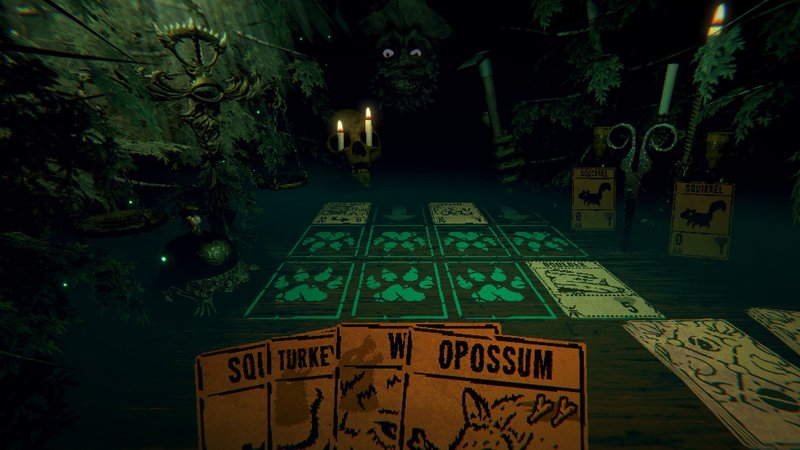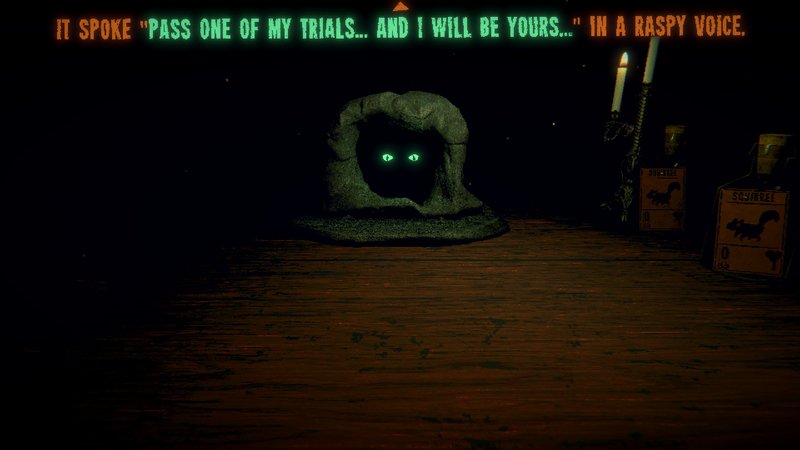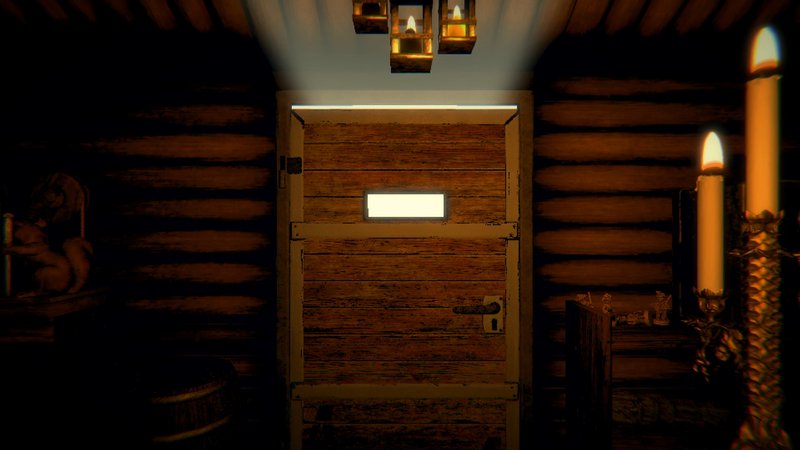Review: Inscryption
Inscryption Review: A Masterclass in Digital Deckbuilding Innovation
As I settle into my leather armchair, Montblanc fountain pen poised above my notepad, I find myself utterly captivated by what may well be the most innovative entry in the digital deckbuilding genre since the criminally underappreciated Quantum Protocol.
Inscryption, the latest opus from Daniel Mullins Games, transcends the conventional boundaries of what we’ve come to expect from digital card games. It’s a sophisticated amalgamation of psychological horror, escape room puzzles, and meticulously crafted deckbuilding mechanics that puts lesser attempts at genre hybridization to shame.
Atmospheric Excellence
The game’s presentation is nothing short of masterful. The cabin setting, bathed in an ethereal emerald glow, creates an ambiance that would make Edgar Allan Poe himself nod in approval.

The interplay of candlelight and shadow creates a palpable tension that elevates the experience far beyond the pedestrian fare typically associated with digital card games. The attention to environmental detail is simply chef’s kiss magnificent.
Mechanical Sophistication
The core deckbuilding mechanics demonstrate a profound understanding of what makes the genre compelling. The sacrifice system, reminiscent of the legendary Kithkin mechanics from Magic: The Gathering’s Lorwyn block, adds layers of strategic depth that had me furiously taking notes with my trusted fountain pen well into the early hours.

The integration of roguelike elements is handled with remarkable finesse, creating a progression system that rewards both tactical acumen and experimental deck construction. The ability to modify cards through various means – including some delightfully macabre options – adds a level of customization that puts even the venerated Slay the Spire to shame.
Narrative Innovation
What truly sets Inscryption apart is its masterful weaving of narrative and gameplay elements. The story unfolds like a perfectly aged wine, revealing new complexities with each sip.

The game’s meta-narrative elements, while potentially divisive among purists, demonstrate an understanding of interactive storytelling that most contemporary titles can only aspire to achieve.
Production Values
The attention to detail in both visual and audio design is simply extraordinary. From the tactile satisfaction of card placement to the haunting soundtrack, every element has been crafted with obvious care and consideration.

Minor Quibbles
If one must find fault – and as a critic, it is my duty to maintain some semblance of objectivity – the initial learning curve might prove somewhat steep for those uninitiated in the finer points of deckbuilding strategy. However, this is less a criticism and more an observation of the game’s commitment to mechanical depth.
Verdict
Inscryption is, without question, a watershed moment for the digital deckbuilding genre. It pushes boundaries in ways that lesser games wouldn’t dare attempt, while maintaining a level of polish and sophistication that betrays its indie origins.
Taking one final sip of my aged Darjeeling, I can confidently assert that Inscryption isn’t merely playing cards – it’s playing chess while others play checkers.
For connoisseurs of sophisticated game design, horror aficionados, and anyone who appreciates the finer points of strategic depth, Inscryption is nothing short of essential.
Pros:
- Unprecedented atmospheric design
- Deep, innovative deckbuilding mechanics
- Masterful narrative integration
- Exceptional production values
- Remarkable attention to detail
Cons:
- Initial complexity might deter casual players
- Some mechanical elements require significant investment to fully appreciate
Review conducted over 23 hours of gameplay, notes taken with a 1937 Montblanc Meisterstück 149.
Score
Overall Score: 10/10
Developer: Daniel Mullins Games
Release Date: Oct 19, 2021
Steam Page: Inscryption